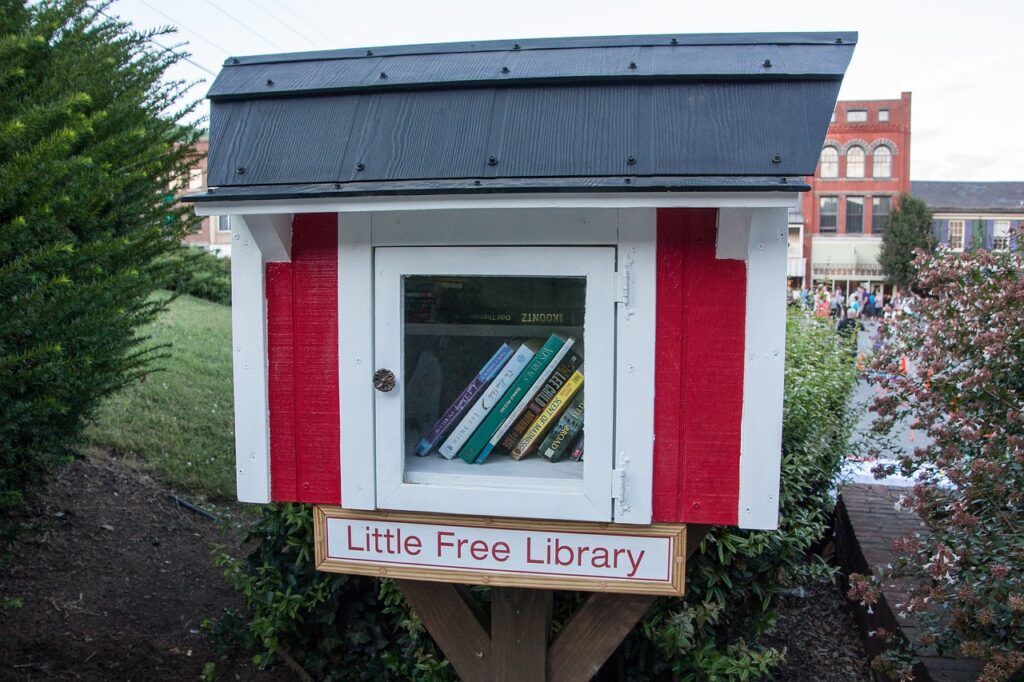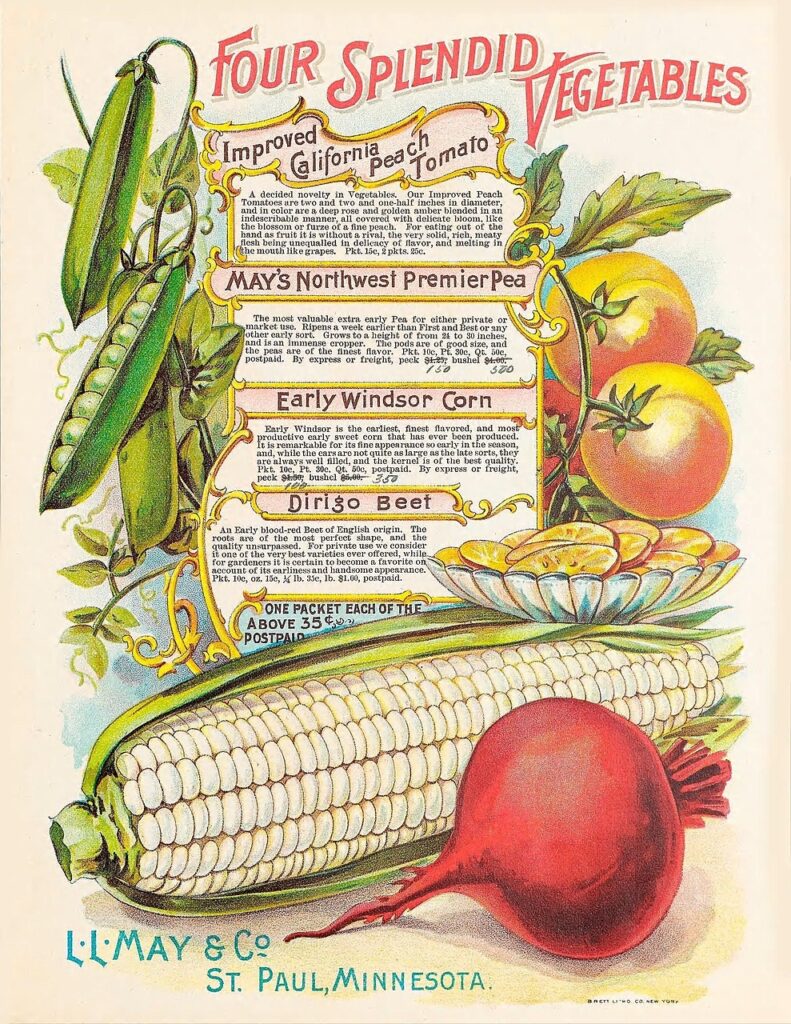So certainly, you have seen take a book, leave a book “Little Free Libraries” sprouting up around your community. This has been a popular endeavor for scouting troops or industrial kids wanting to create goodwill in their community. Imagine something similar but for seeds. Yes, seeds for plants and flowers. This post guides your family on how to start a neighborhood seed library to feed and beautify your community.
What is a Seed Library
Much like the “Little Free Libraries” a seed library gives your community an opportunity to share excess or harvested seeds with each other. The seed library offers a centralized place for your community to bring their seeds to store and share with others. The concept is like the “Little Free Library” in that you will need a small structure in a common area or yard that is easily accessible from the sidewalk or street. With the proper marketing in your community the seed library will be self-sustaining. People that seek seeds from the library will also be those that will bring their excess seeds or harvested seeds for others to use.
Building this with your kids is a great bonding experience and will show them the value of community. As our society focuses on the environment, this is a cost friendly way to reduce waste and generate more green in your community.
Seed Library Structure and Location
The structure to house your seed library is really up to your imagination. On the other hand, the location of where to put your seed library will need to be vetted a bit more. Here are some things to consider when designing your library and considering a location:
- Build one that is easy to access. This can be in the form of a large door or swing doors that let people get in and search around to what they are looking for.
- Make your seed library inviting and aesthetically pleasing to the street scape where you will be placing this (per item 6 below, make sure the design aligns with the rules of your neighborhood/community).
- Make the structure waterproof. You do not want your seeds to germinate prior to anybody getting them into the ground.
- Consider making it compartmentalized to allow for seed segmentation. Think of a room/area for veggies, one for flowers, etc. Also, post your rules to your library and ensure one of them is labeling seeds that are left there.
- Make the structure sturdy and critter proof. People will be getting things in and out of this, so ensure it is durable. Also, make sure the library is animal proof, so think about self-closing doors and limit shelfing around the outside that a squirrel could use to access the library.
- This article about “Where to Locate Your Library” is a great resource to use when thinking about where to put your seed library. This was written with “Free Little Libraries” in mind, but much of the tenants apply to a seed library. Considering things like zoning laws and your HOA rules must be considered when determining the location for your seed library.

This should be a fun project for your family, so make sure you include your kids in planning and design. This article from LittleFreeLibrary.org has several different designs and blueprints for consideration. This is intended for book libraries, so ensure you customize if needed to accommodate seeds.
Seed Library Marketing
Sharing seeds is in our roots (pun intended). According to this article from Indiana University, seed saving has been part of human existence for more than 10,000 years. The article cites the benefits of seed saving to include preserving heirloom varieties, encouraging diversity, and saving money. In our culture, the seed library can foster these things and more importantly connect us with each other. For parents, this is a great way to demonstrate neighborhood collaboration with your kiddos.
Social media is a great medium to get the word out about your community seed library. Consider using a neighborhood Facebook group or the Nextdoor app to communicate your seed library to your community. Post rules on how your seed library will operate and ensure you advise where it is located. Also, consider “seeding” your library with some initial seeds to get the ball rolling. Partner with other neighbors to get some excess seeds they have to stock the library in the first season. Encourage users of your seed library to post their successes to social media. Sharing what they grew from your library, can generate additional interest in your community.
Get Your Seed Library Started!
Building a seed library is a great family project. This will get your kids into gardening and also demonstrate the importance of community to them at a young age (see our article about Raising Charitable Kids). Gardening is great family activity. Now if I could just get my kids to pull weeds…
Good luck and if you have any seed library stories, please share them here!
